Often managed by a research organization or a foundation, a botanical garden is an outdoor space for collection, cultivation, and display of a wide range of plants species including trees, plants and flowers. Unlike parks that are designed for sports and leisure, it is dedicated to conservation of rare and endangered flora species, which means limited access and stricter requirements to the environment inside. Architects and master planners work together to create botanical gardens of the 21st century. Integrated into the urban structure of the city, they offer a unique experience, where pleasure, beauty and scientific knowledge are closely intertwined.


José Celestino Mutis botanical garden by DARP (also header image)
Developed as part of the new initiative of Colombia’s biggest botanical garden to highlight the diverse ecosystems of the country, Tropicario designed by local studio DARP (De Arquitectura y Paisaje) comprises a cluster of six individual modules clad in glass with different thicknesses and filters.


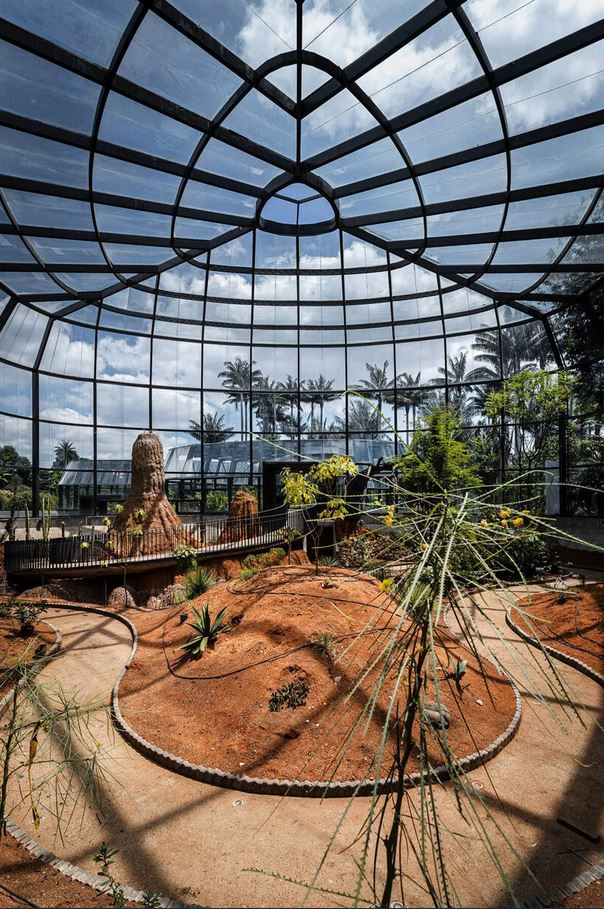
José Celestino Mutis botanical garden by DARP
Appearing to float between the tall palm trees of the site, each volume houses a different natural environment inside and is developed according to the specific height, temperature and humidity requirements of each environment. Passive temperature control systems are used throughout the project.
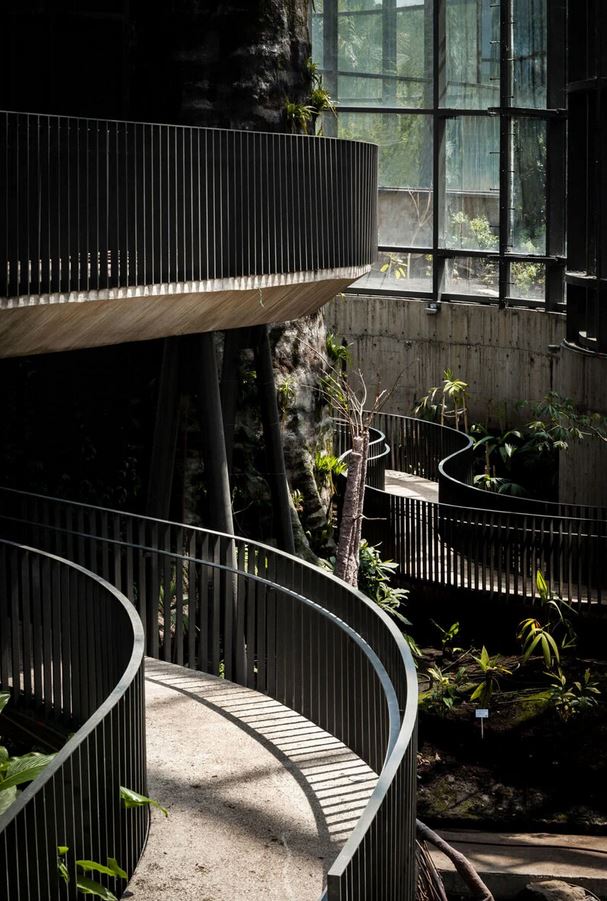
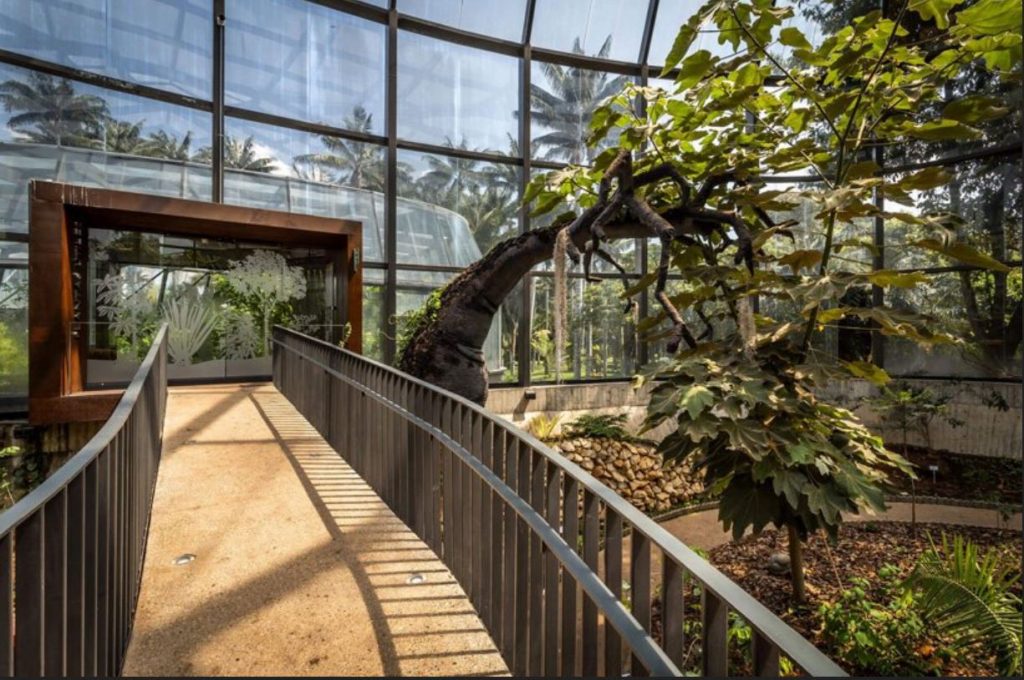

José Celestino Mutis botanical garden by DARP
Each structure is constructed if a reinforced concrete base, on top of which metal pillars are installed, forming structural framework that is then clad in glass. Developed as a water receiver, each module has an oculus in the upper part to harvest rainwater, which passes into lakes located inside the spaces and then to the perimeter artificial wetland. The latter works as a large reservoir for irrigation systems, creating a closed cycle.
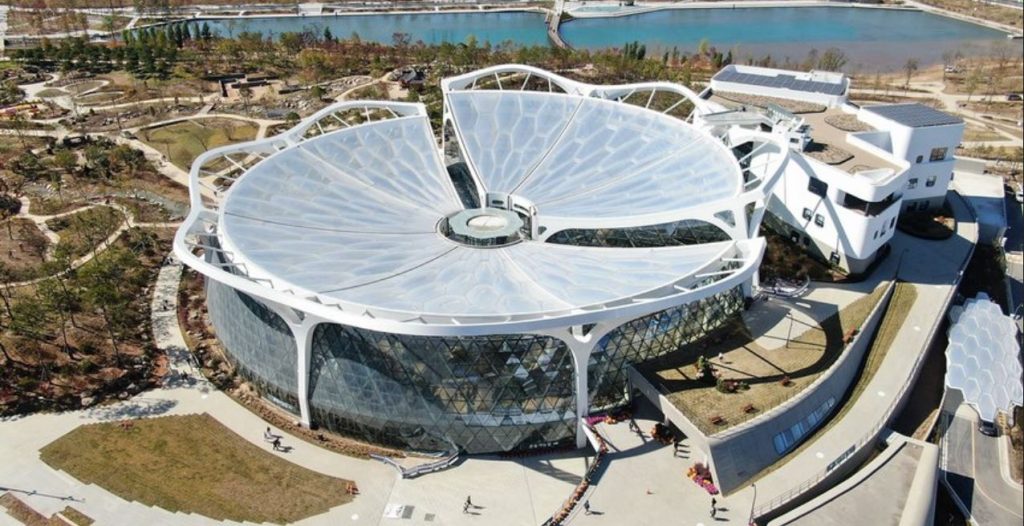

Seoul Botanic Park by Chan-Joong Kim, Ou-Gon Jon, and Zoh Kyung-Jin
Designed by architect Chan-Joong Kim, landscape artist Ou-Gon Jon, and master planner Zoh Kyung-Jin, the Seoul Botanic Park is the largest greenhouse in South Korea. The design consists of four main areas: a theme park, an open forest, a lake garden, and a wetland garden.
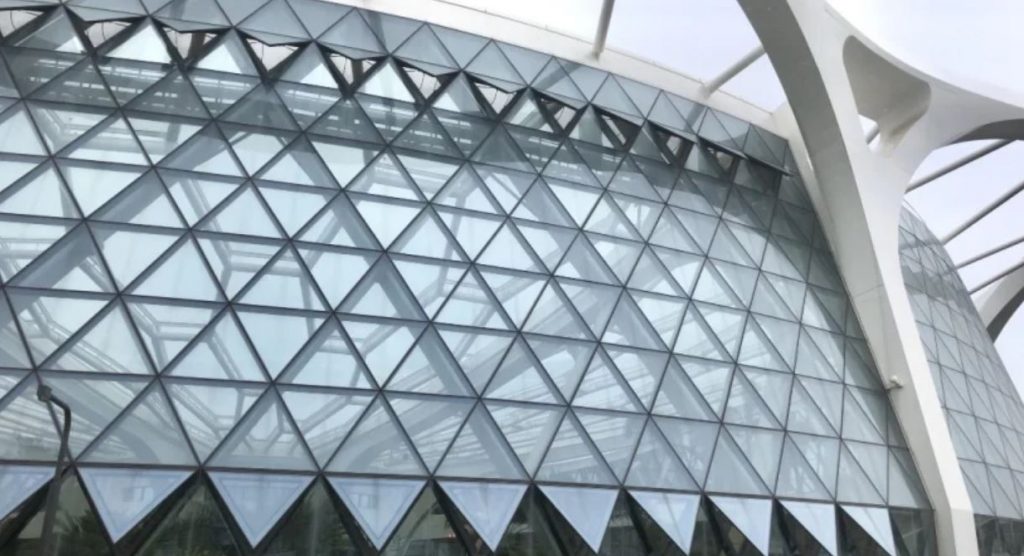
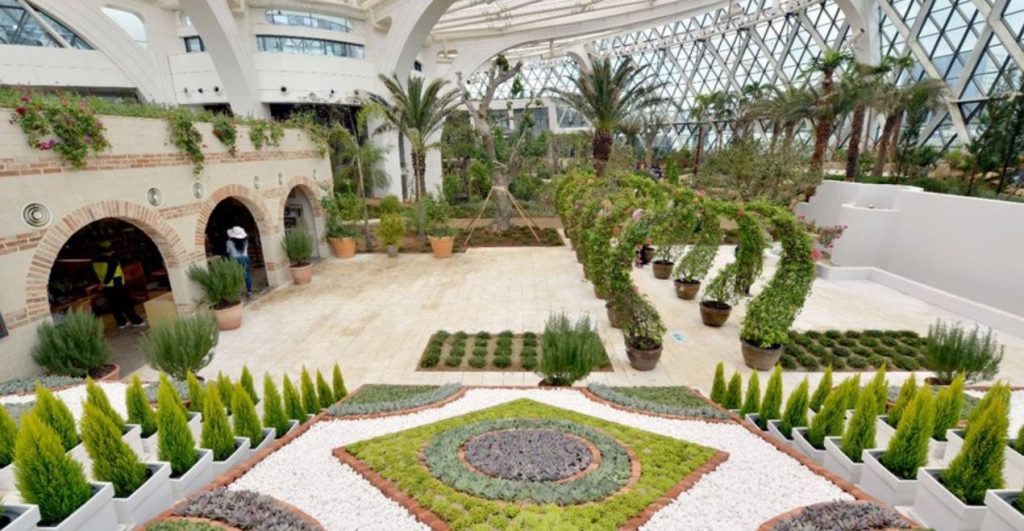
Seoul Botanic Park by Chan-Joong Kim, Ou-Gon Jon, and Zoh Kyung-Jin
Within the themed zones, 12 variations of plants from 12 cities (Hanoi, Sao Paulo, Jakarta, Bogota, Perth, Barcelona, San Francisco, Rome, Tashkent, Athens, Istanbul and Cape Town) are exhibited seeking to represent unique botanical cultures and climate of the twelve geographical locations.
Externally, the garden encompasses a flower-shaped glass dome, which the architect designed to be lower in the middle and higher along the edge. Inside, a skywalk stretches across the upper canopy of the garden to allow the viewing of exotic plants from multiple angles, while down-sized hot air balloons float around. The dome measures 100 m in diameter and is clad in a special glass-like plastic ETFE, which allows excellent light transmission, while its light-weight fabric reduces carbon dioxide emissions into the air.
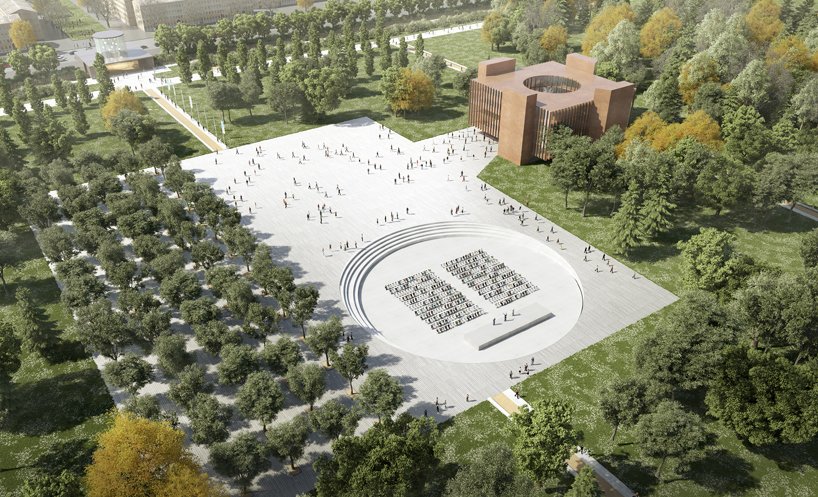
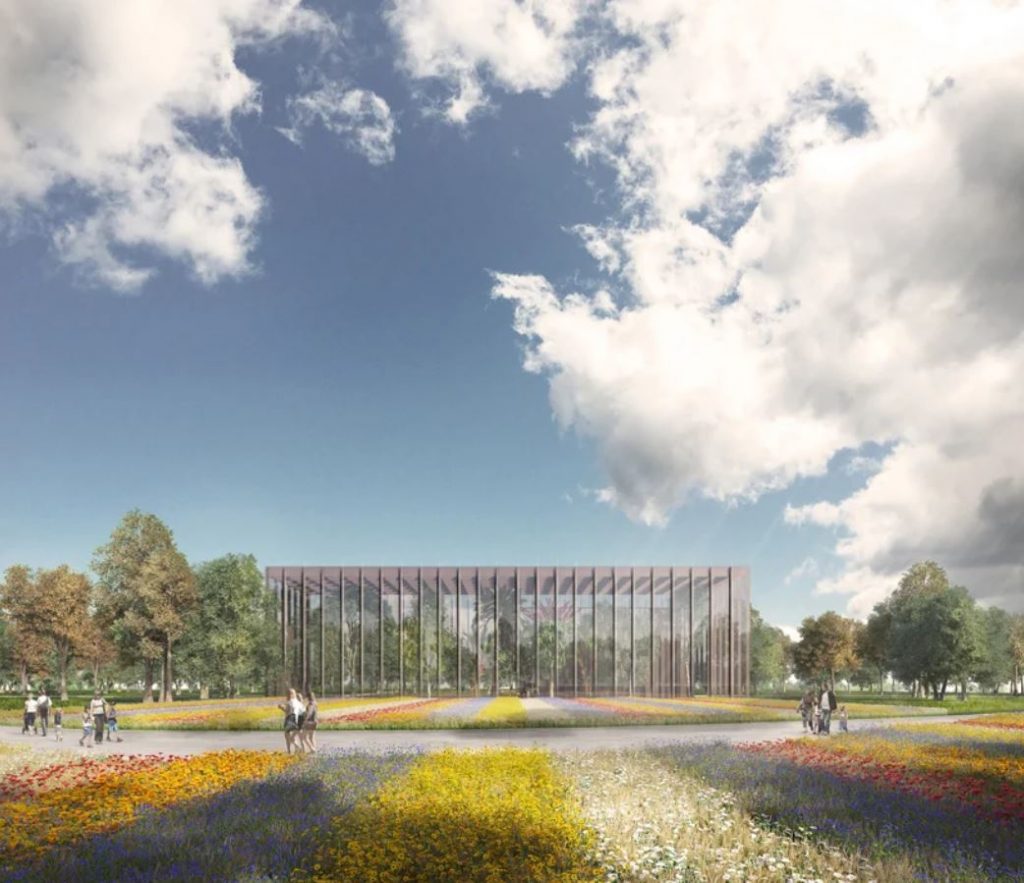
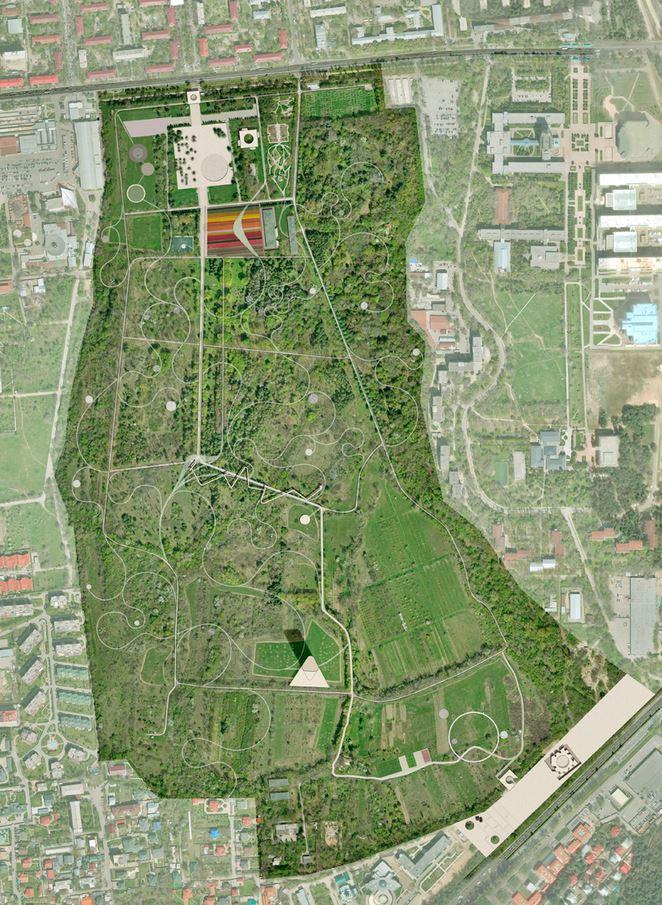
Almaty Botanical Garden renovated by OAB
When developing a project of renovation of the existing botanical garden in Almaty, Kazakhstan, Barcelona-based practice OAB paid homage to the history of the city. In the past, the capital was located along the Silk Road, commercial route that linked two different worlds: the West and the East. Conceived as a metaphor of the Silk Road as a piece of land, which represents Europe and Asia, the proposed design comprises a network of paths that reminds the roads of the original route. The visitors of the botanical garden are offered to have a similar experience as merchants of the past, starting on a journey through different types of forest those could find on their way.
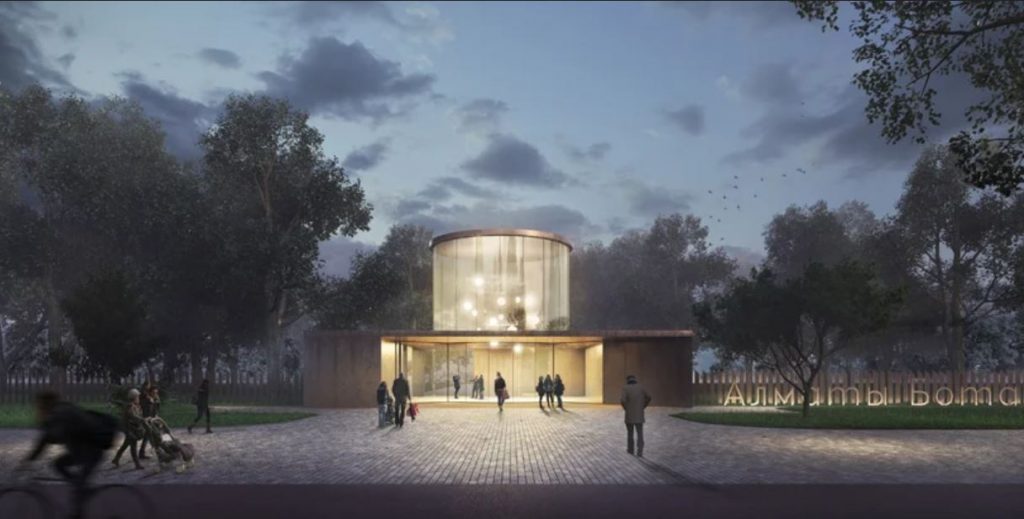

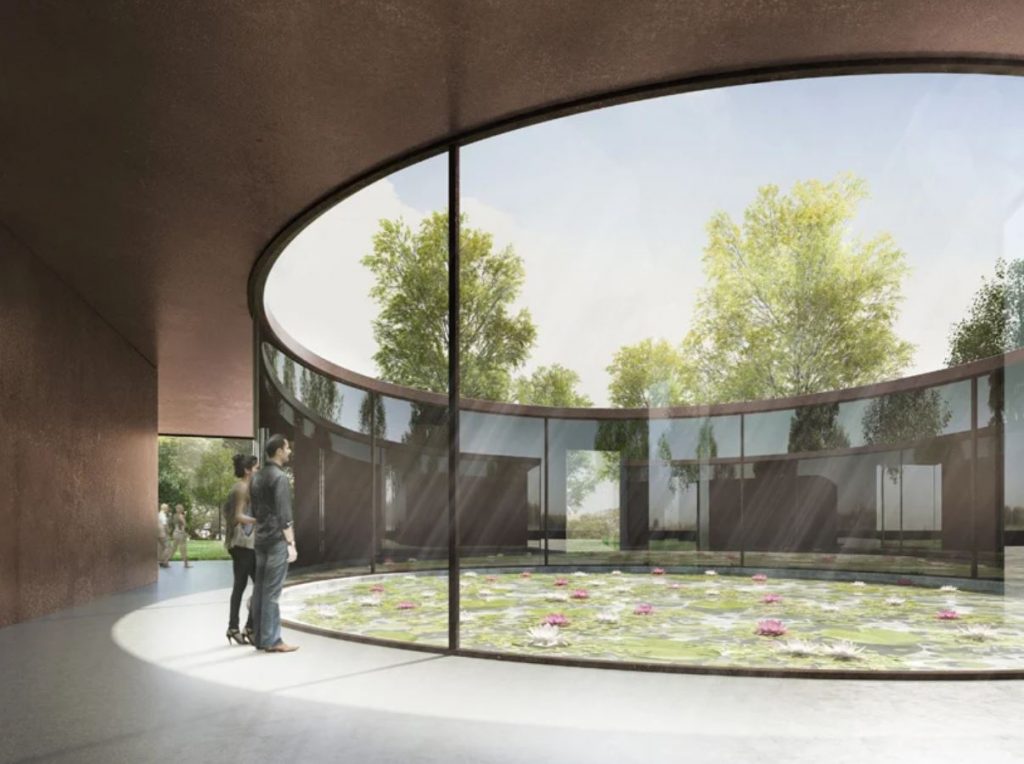
Almaty Botanical Garden renovated by OAB
The new garden connects two important urban axis by joining the old entrance the Timiryazev street, located on the north part of the plot, and newly built one at the Al-Farabi avenue, located in the south with a path. Aptly named Linking Line, the path is planned taking into consideration the position of the existing paths to minimize the impact on the trees and plants as the garden’s most important asset. According to the architects, just like the travelers of the past discovered ancient cities along the original Silk Road route, along the Linking Line the visitor can explore all the new buildings of the programme that transform the garden into a new friendlier point of attraction.
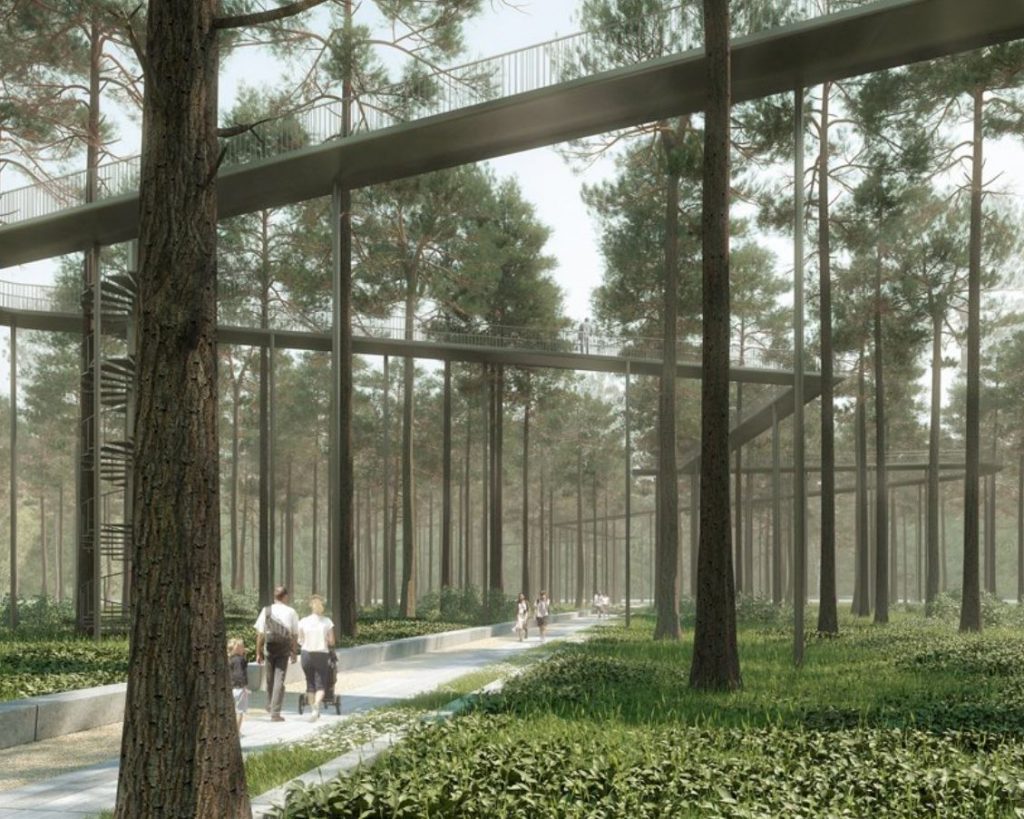
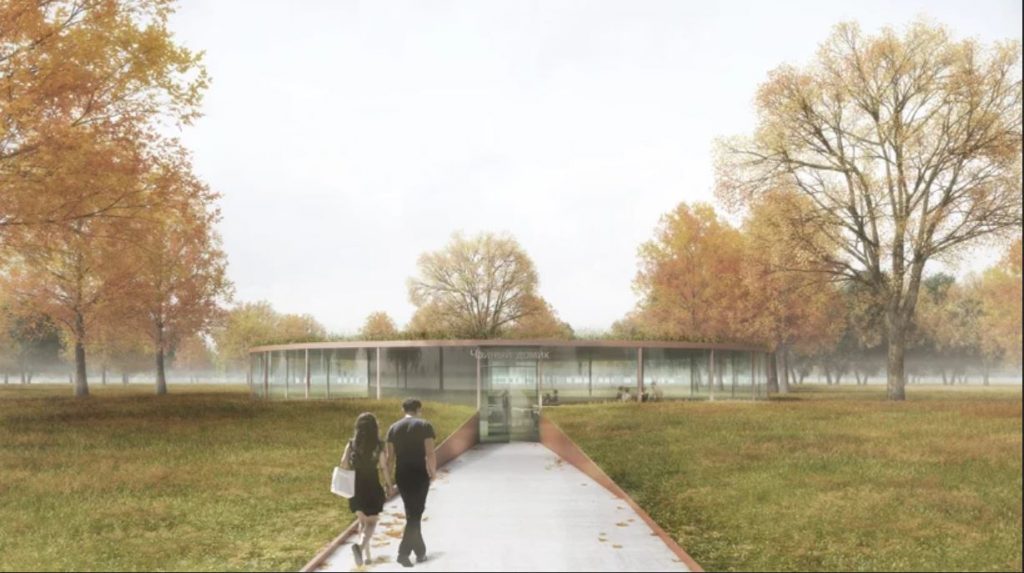

Almaty Botanical Garden renovated by OAB
The new facilities include as the new research center, the conservatory and the Climatron, a geodesic dome that have the potential to turn the Almaty botanical garden into an international place of reference for botanists and researchers, as well as for tourists and local citizens. From a design perspective, all the new volumes have been conceived as a part of a ‘family’ featuring the same architectural elements expressed in the buildings’ materiality, spatial quality and composition.